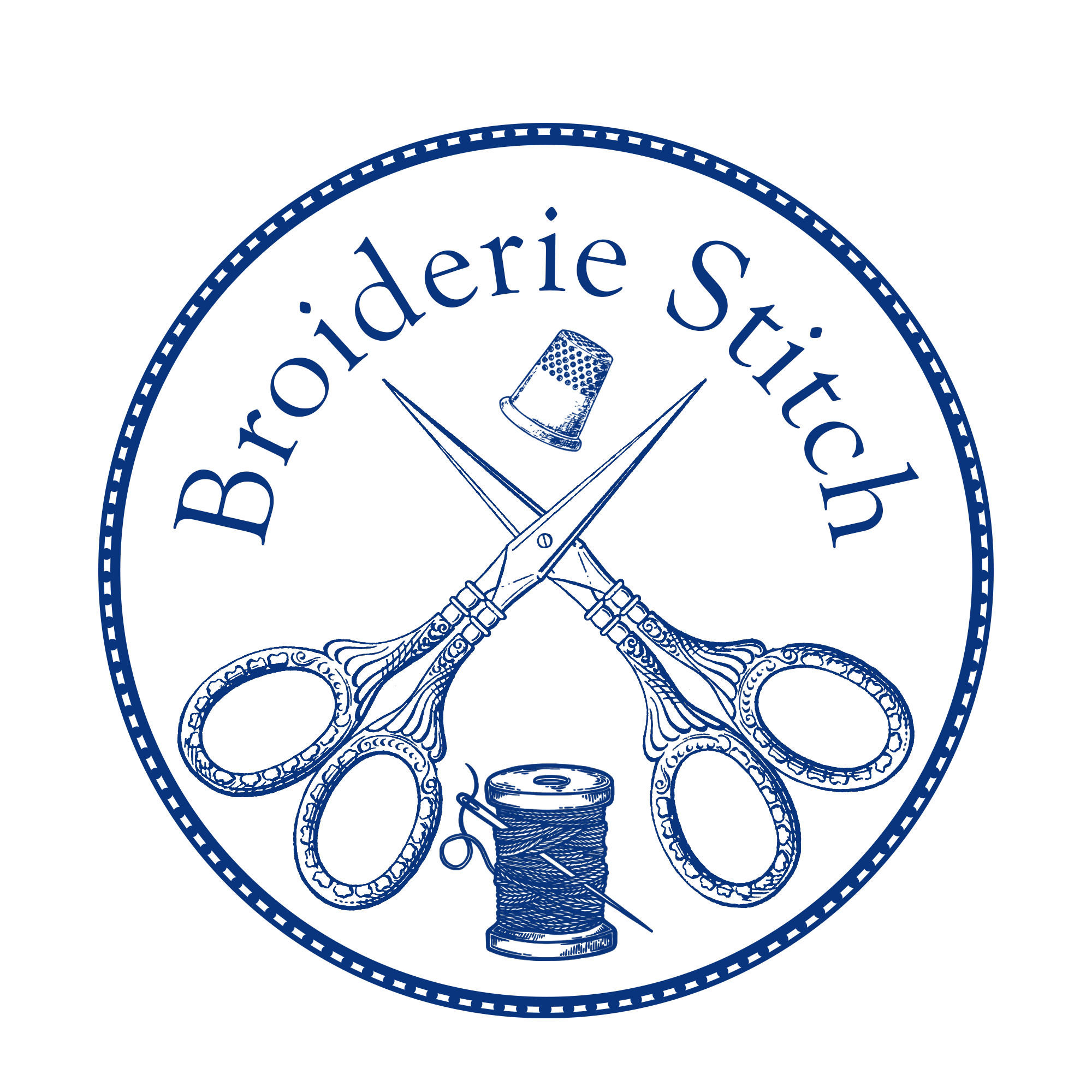If you're a fan of vampire stories, you may have heard of the small nation of Wallachia - in the 1860's it was incorporated into its modern form, Romania. This fairly small country has borrowed from and been influenced by many powerful sources - the Ottoman Turks, the Romans, the Russians, the Hungarians and Austrians - but through endless troubles and hardships the Romanian people have endured with a rich cultural history.

from Travelmakertours
This land of rugged mountains and quiet river valleys produces grain, grapes, flax, and many other crops, and where there are lots of farmers, there is almost always lots of colorful embroidery. The traditional costume of a peasant from the area consists of a linen shirt, sheepskin vest (usually heavily embroidered), and woolen or cotton pants. Women wore gathered blouses ornamented with embroidery under the arms, on the sleeves, and in diagonal bands below the armpit and shoulder. The skirt was wool, flax, or wool and cotton, and ornamented with either embroidery or patterns woven into the fabric in bands Simpler skirts often come from more northern areas, while in the south decoration flourished. Especially in the south, married women also wore head coverings called marama that show a decidedly Eastern influence with white patterns woven into a white background.
from the Apricity
Romanian embroidery is usually densely worked and in bright colors - red and black being especially popular, but with blue, green, maroon, and orange as well. A variety of conventional motifs and borders are common along with more representational images of animals, plants, and daily life. Clothing was an important social marker; the designs and images embroidered on it were an expression of the maker's soul. Children's items often have protective and lucky images like eyes, flowers, and leaves, and items for a newlywed would often have fertility symbols such as snails, wheat, or ram's horns. Like most forms of folk embroidery, styles vary widely by region and with enough dedication it may be possible to trace certain elements back to the village that they originated from.
With this in mind, wallachian work may be difficult to separate from other embroidery in the same geographical area. The most common stitches include satin stitch (often worked in bands to cover larger areas) Roumanian stitch (a type of laid work) and buttonhole eyelets worked in bright threads. Cross stitch is also popular.

Source unknown
Though wallachian work is often worked in bold, deep colors, much of what you'll find marked 'wallachian work' is daintily done in white on white using buttonhole stitch. The Priscilla Publishing Company picked up on this style of work and urbanized it to suit the tastes of English and American ladies in 1908. The influx of whitework labelled 'wallachian work' has made research into the original style difficult. Despite this, it's a beautiful style and worthy of global recognition.

